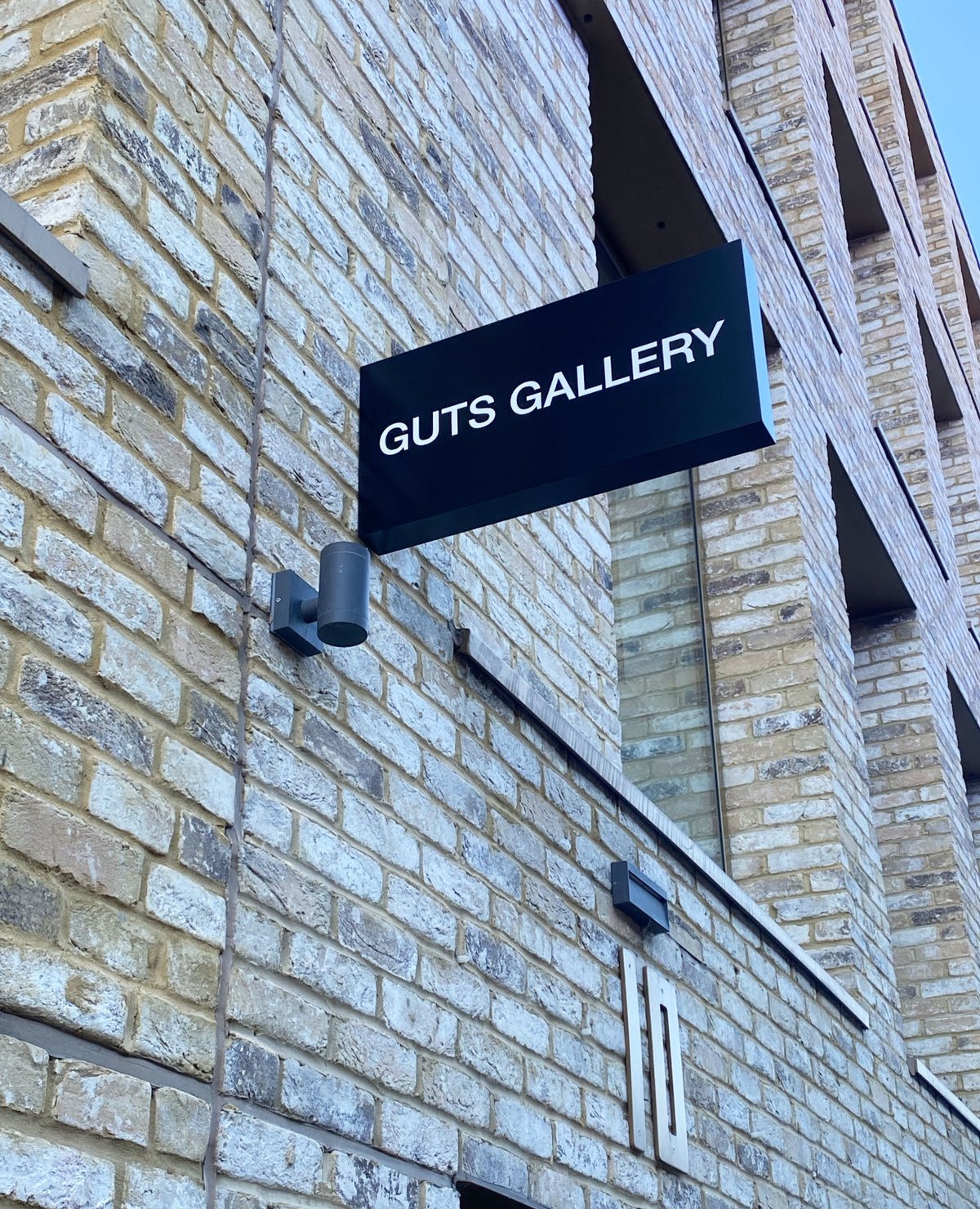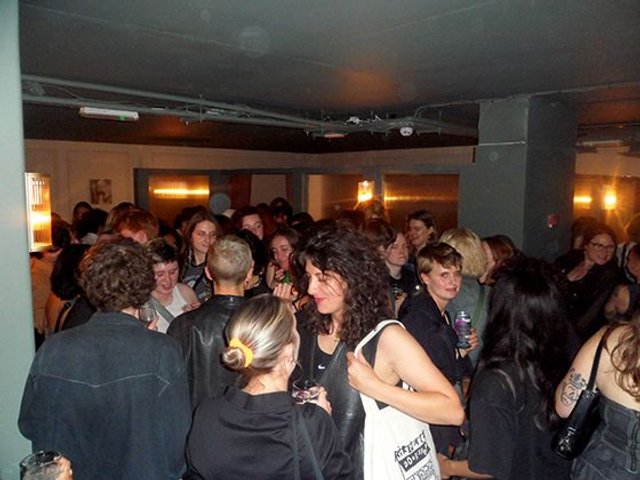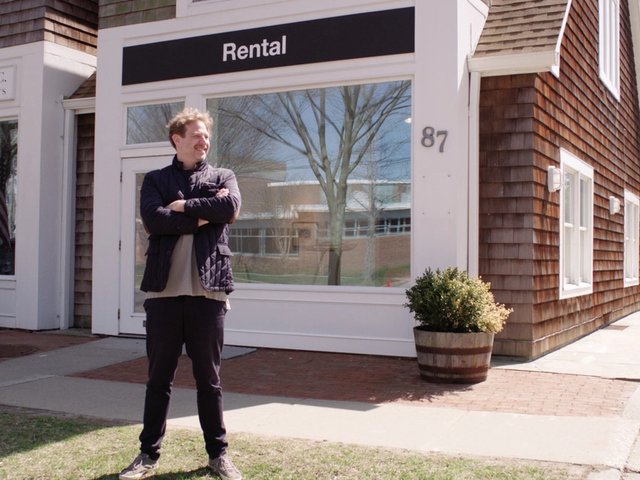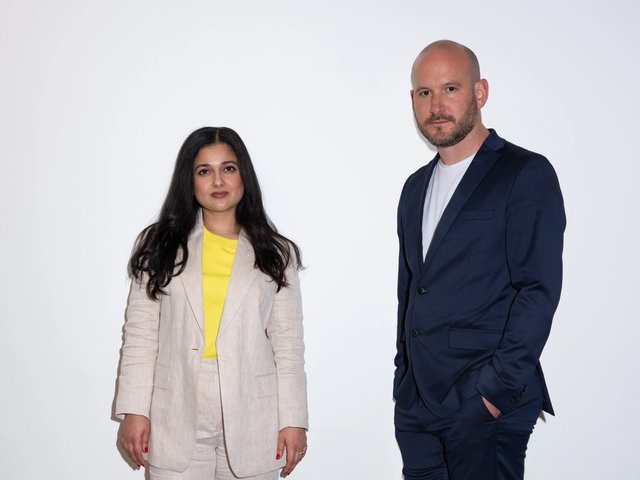Guts Gallery HQ, which began three years ago as a nomadic gallery championing emerging and underrepresented voices in art, has shifted to a permanent space in Hackney, East London.
Founded by "queer, working-class Northerner" Ellie Pennick as a roving project space (it only started selling works in 2020), Guts was established with a mission to upend the traditional art world business model that "leaves artists and staff undervalued and underpaid," Pennick says.
It has garnered attention within London’s saturated commercial scene for its forthright manifesto, prominently displayed on its website, which outlines a set of practices that aim to counteract what Pennick perceives to be structural ills that plague the art industry, including racism, classism and abelism. Beyond almost exclusively working with artists from underserved backgrounds and identities, the gallery also pays its staff above London living wage and takes a lower-than-average cut of sales.
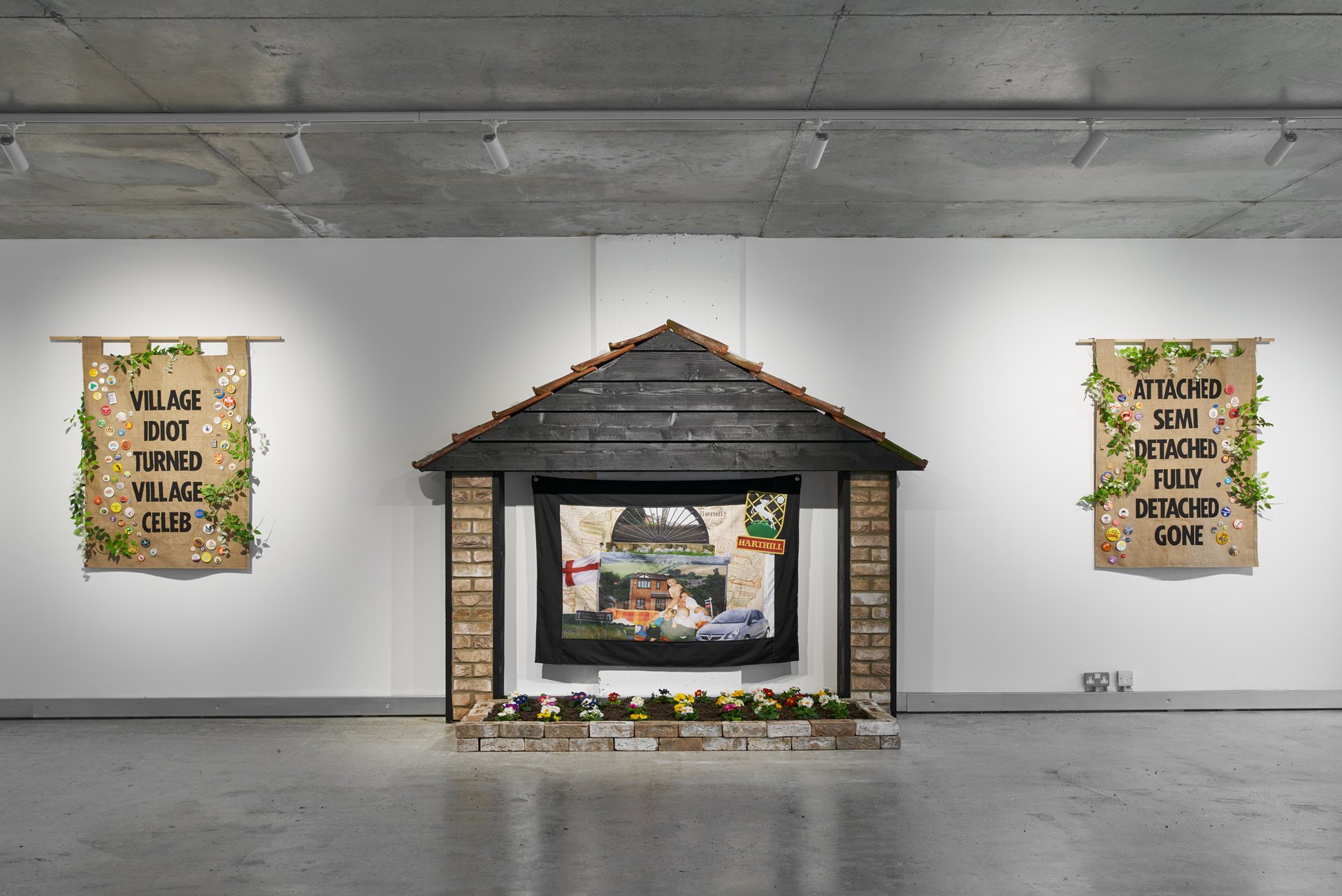
The gallery will open with the exhibtion Corbin Shaw: Nowt as Queer Folk (until 3 March)
Its new location, situated in a warehouse unit in Hackney Downs station, has 1,500 sq.ft of exhibition space and is accessible via a lift ensuring people with reduced motor skills can enter the space easily.
Moving to a brick-and-mortar building might seem out of step with the makeshift spirit of Guts's initial model, whereby it would hold pop-up exhibitions in disused commercial spaces, supplementing its lack of permanent physical gallery with an active Instagram presence. But this model has since become untenable as rents for temporary spaces in central London, which plummeted during the onset of Covid-19, are now rising again.

Ellie Pennick, founder of Guts Gallery
"Post pandemic, renting nomadically became more expensive than renting a permanent space," Pennick says. "I decided to move to a permanent gallery space to provide stability for the artists we work with and the Guts team. As well as decreasing our carbon emission by using less transportation."
Still, Pennick maintains that Instagram and other digital platforms will remain at the core of the gallery's strategy, not least because they allow its programme to be accessed by people who do not live in London.
The gallery currently has a permanent roster of eight artist that it “champions”, rather than represents, including Olivia Sterling who received a solo exhibition last year at Goldsmith’s CCA and the painter Emanuel de Carvalho. And while Pennick expresses a desire to see this number increase, she is determined to do so in a "sustainable manner" that ensures all of Guts's artists and staff "remain best served".
The inaugural show will be a solo exhibition (until 3 March) of sculptures and sound installations by Corbin Shaw (a “fellow Northener” from Sheffield, Pennick says) that examines spirtualism and the legacy of the Britsh Empire within the context of rural communities in Yorkshire. The opening tomorrow will feature Morris dancers from Croydon and an installation made with soil, which, as Pennick has "found out the hard way", contains manure. This has had the unintended, but fitting, side effect of making London's newest, subversive gallery "smell of Yorkshire".


